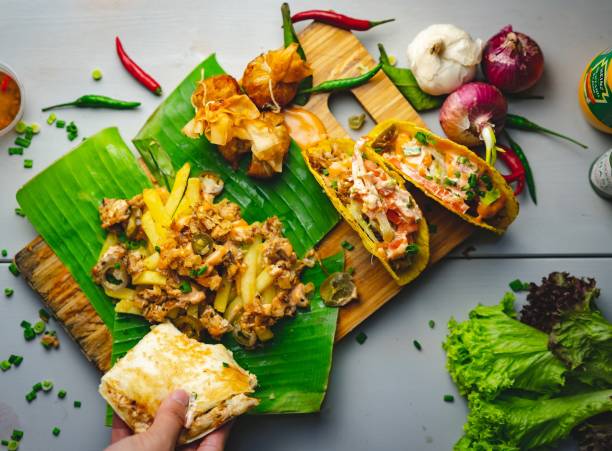One of the most delightful aspects of traveling is the opportunity to savor the local cuisine. Food is a vital part of culture, and trying local dishes can enhance your travel experience in ways that go beyond just satisfying your hunger. From bustling markets to charming local restaurants, here’s why you should dive into the culinary scene of your destination and how to make the most of it.
1. Discover Authentic Flavors
Taste the Culture
Every region has its own unique flavors and culinary traditions, often rooted in history and local ingredients. By trying local cuisine, you get a genuine taste of the culture and history of the place you’re visiting. Each dish tells a story, reflecting the land, climate, and the people who inhabit it.
Explore Varied Ingredients
Local cuisine often utilizes ingredients that are fresh and readily available in the area. This means you’ll get to experience flavors that are unique to your destination. Whether it’s fresh seafood on a coastal trip or vibrant spices in a bustling city, these ingredients can introduce you to new culinary delights.
2. Visit Local Markets
Immerse Yourself in the Atmosphere
Markets are vibrant hubs of local life. Visiting a local market allows you to soak in the sights, sounds, and smells of the area. You’ll find an array of fresh produce, artisanal products, and street food that reflect the culinary identity of the region.
Sample Fresh Ingredients
Many markets offer samples, so take advantage of this opportunity to try local cheeses, cured meats, and fresh fruits. Engaging with vendors can also provide insights into traditional cooking methods and recipes.
Cooking Classes
Some markets host cooking classes or demonstrations. Participating in one of these can deepen your understanding of the local cuisine and equip you with skills to recreate dishes at home.
3. Dine at Local Restaurants
Seek Out Family-Owned Eateries
Skip the tourist traps and seek out family-owned restaurants or street food vendors. These establishments often serve authentic dishes made from generations-old recipes. Look for places that are bustling with locals; this is usually a good sign of quality.
Ask for Recommendations
Don’t hesitate to ask locals for their favorite dining spots. Whether it’s your hotel staff, tour guides, or even shop owners, they can often point you to hidden gems that you might not find in guidebooks.
Try Regional Specialties
Every region has its specialties, so be sure to ask for the house specialties or the chef’s recommendations. This could range from a signature dish to seasonal offerings that highlight local produce.
4. Embrace Street Food
Experience Flavors on the Go
Street food is often the heart of a city’s culinary scene. It’s an accessible way to try local flavors and often comes at a fraction of the cost of restaurant dining. From food trucks to stalls, the variety is usually impressive.
Be Adventurous
Don’t be afraid to step outside your comfort zone and try something new. Whether it’s a dish with unfamiliar ingredients or a preparation style you’ve never encountered, embracing the adventure can lead to delicious discoveries.
5. Keep an Open Mind
Respect Local Customs
Food is often tied to cultural practices and traditions. Be open to trying dishes that might be different from your usual fare. Understanding and respecting local customs can enrich your experience and help you connect with the culture on a deeper level.
Document Your Journey
Keep a travel journal or take photos of the dishes you try. This not only helps you remember your culinary adventures but can also serve as inspiration for cooking at home.
___
Trying local cuisine is one of the most rewarding ways to engage with a new culture. By visiting markets, dining at local restaurants, and embracing street food, you’ll gain insights into the flavors and traditions that define your destination. So, the next time you travel, be sure to prioritize the local food scene—your taste buds will thank you, and you’ll create unforgettable memories along the way. Happy eating!




